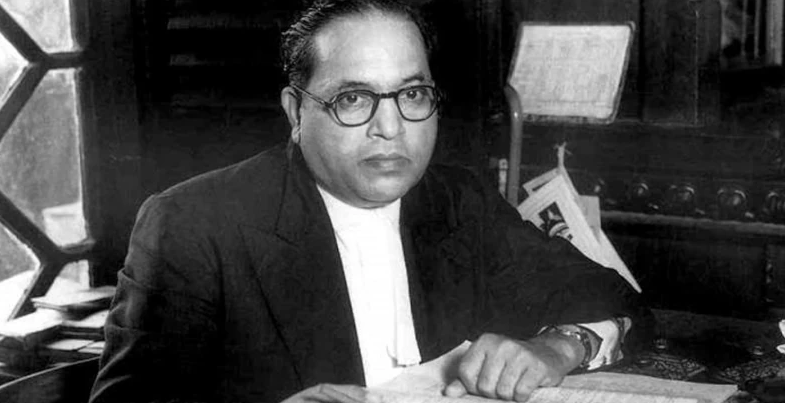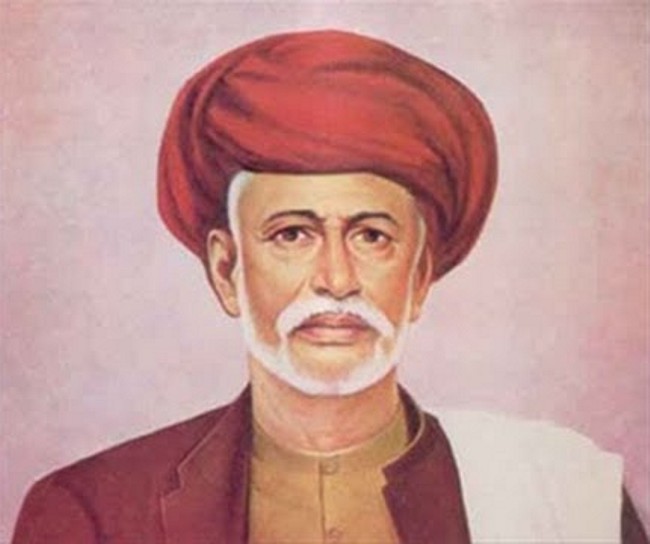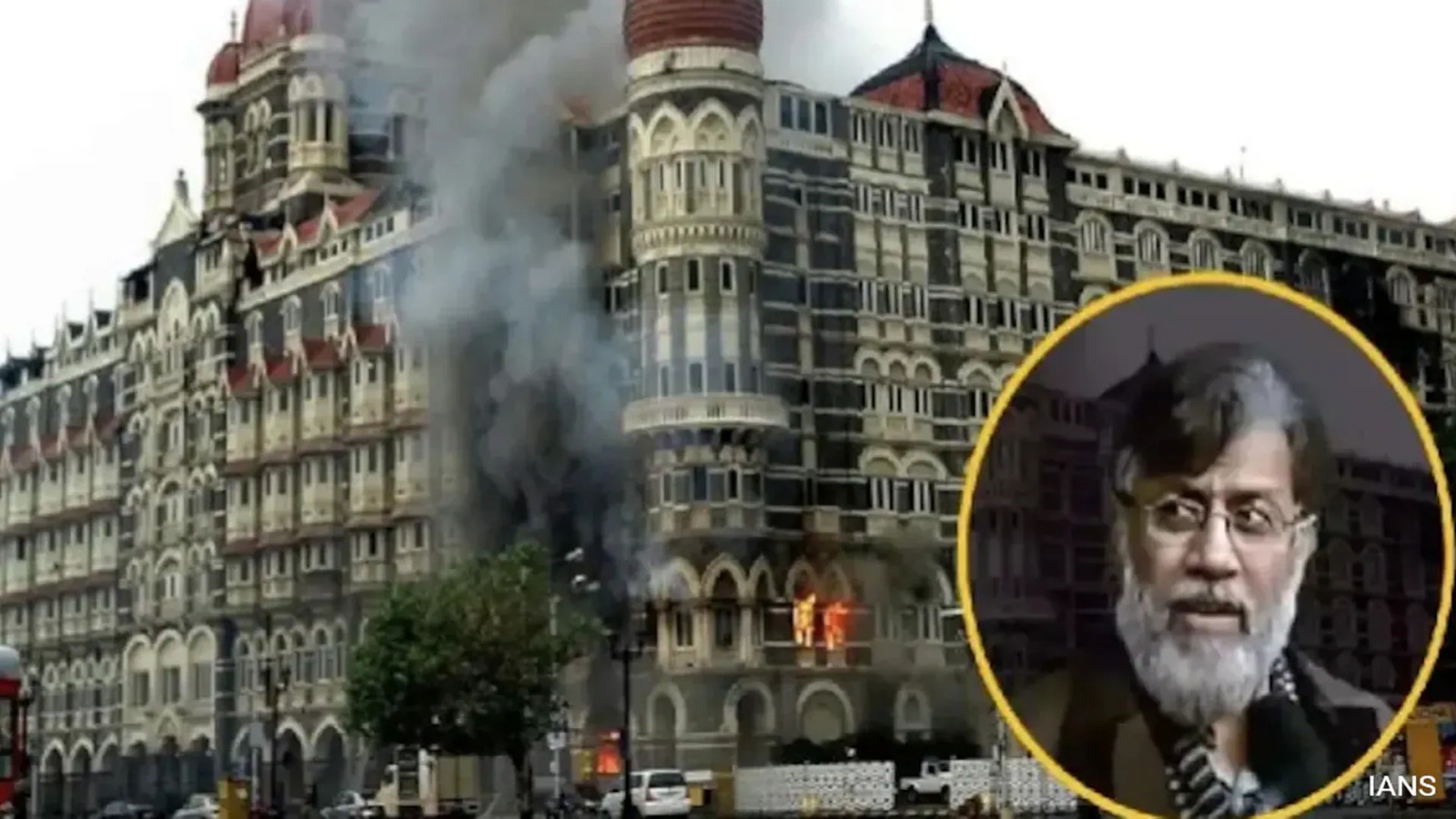
Naxalmukt Bharat Abhiyan serves as India's nationwide initiative that removes Left Wing Extremism (LWE) by deploying security approaches and development undertakings and empowerment approaches. A 2015 administration-led National Policy and Action Plan launched an initiative which succeeded in lowering violence rates and brought LWE-afflicted areas back into integration while advancing oppressed tribal communities. Combined efforts between infrastructure development together with enhanced security forces and telecom infrastructure and skills training and financial accessibility have reduced Naxaland influence. The government works to eliminate all LWE activism by March 2026 while actively promoting development in recovered conflict zones that now number only 38 districts.
-
The Left Wing Extremist (LWE) movement originated because of economic disparities that took hold across India’s tribal areas in the central and eastern regions.
-
Insurgency movements opposed the functioning of state authorities and created obstacles to development progress in distant locations.
-
The federal government implemented a focused multi-dimensional plan in 2015 to eliminate Naxalism because the movement posed both security concerns and developmental challenges.
Key Points
Origins and Spread of LWE
-
Naxalbari became the birthplace of this movement after the 1967 Naxalbari uprising commenced.
-
The armed violence extends to various sections of Chhattisgarh, Jharkhand, Odisha, Maharashtra and Andhra Pradesh and other adjoining states.
National Policy and Action Plan (2015)
-
A comprehensive action plan merges strategies which provide security with development and adopt rights-based frameworks to address issues.
-
The action plan concentrates on enforcing rule of law while reclaiming empty governance areas coupled with tribal grievance resolution.
Decline in LWE Violence and Territory
-
The total number of violent incidents decreased by 81% from 1,936 in 2010 until it reached 374 in 2024.
-
Naxal-affected districts reduced from 126 (2010) to 38 (2024).
-
A total of 12 districts were reduced to 6 districts as the most impacted areas.
Security Measures and Modernization
-
Over 600 fortified police stations were built.
-
The establishment of new security camps together with helipads has been completed.
-
Enhanced surveillance and CIAT schools.
-
The National Investigation Agency now operates to penetrate financial networks throughout the country.
Development Initiatives
-
Rs. 3,563 crore under Special Central Assistance.
-
Over 17,000 km of roads were constructed.
-
Skill development through ITIs and Skill Centres.
-
178 Eklavya Schools for tribal education.
Community Engagement and Financial Inclusion
-
Over 13,000 individuals reintegrated from violence.
-
Banking sector expanded its services through 1,007 new branches and 937 new ATMs as well as 5,731 post office facilities.
-
37,850 Banking Correspondents operationalized.
-
Indian forces conduct Civic Action Programs to develop better relations with their local communities.
Successes and Ongoing Operations
-
During the last ten years more than 8000 Naxalites surrendered their organizations.
-
290 neutralized and over 1,000 arrests in 2024.
-
Outreach programs organized by the government execute personal welfare delivery to the public.
Conclusion
The integrated approach of security enforcement and meaningful development and social integration has established India's successful LWE counterstrategy. The effectiveness and success of Naxalmukt Bharat Abhiyan depend on addressing basic problems and sustaining complete rejection of violent acts. The National Campaign continues toward its 2026 objective as previous red zones turn into prosperous areas thanks to inclusive leadership together with the unwavering support of the nation.



 Telangana Becomes First State to Enforce SC Sub-Categorisation with 2025 Act
Telangana Becomes First State to Enforce SC Sub-Categorisation with 2025 Act Operation Chakra V: Tackling Digital Arrest Cyber Frauds in India
Operation Chakra V: Tackling Digital Arrest Cyber Frauds in India Dr. B.R. Ambedkar’s 135th Jayanti: Legacy of India's Constitution Maker
Dr. B.R. Ambedkar’s 135th Jayanti: Legacy of India's Constitution Maker First Panchayat Advancement Index (PAI) Report Released – Gujarat & Telangana Lead
First Panchayat Advancement Index (PAI) Report Released – Gujarat & Telangana Lead Niveshak Didi Initiative Phase 2 Launched to Promote Financial Literacy Among Rural Women
Niveshak Didi Initiative Phase 2 Launched to Promote Financial Literacy Among Rural Women Jyotiba Phule: The Radical Reformer India Still Needs to Learn From
Jyotiba Phule: The Radical Reformer India Still Needs to Learn From World Homoeopathy Day 2025: Celebrating Dr. Samuel Hahnemann's Legacy
World Homoeopathy Day 2025: Celebrating Dr. Samuel Hahnemann's Legacy Tahawwur Rana Extradited to India: What Comes Next in the 26/11 Case?
Tahawwur Rana Extradited to India: What Comes Next in the 26/11 Case? PM Modi Inaugurates Navkar Mahamantra Divas to Promote Jain Ethics Globally
PM Modi Inaugurates Navkar Mahamantra Divas to Promote Jain Ethics Globally






